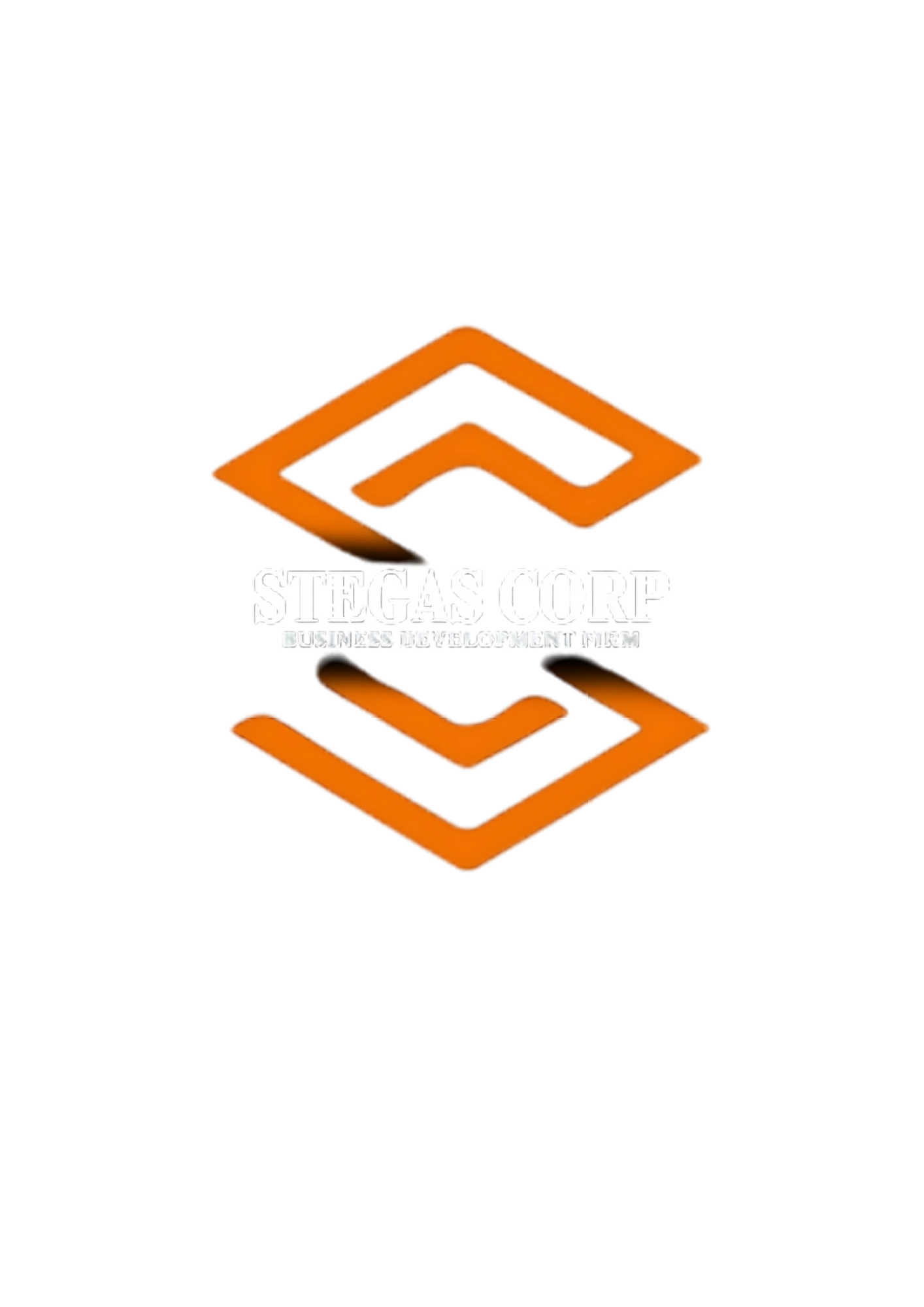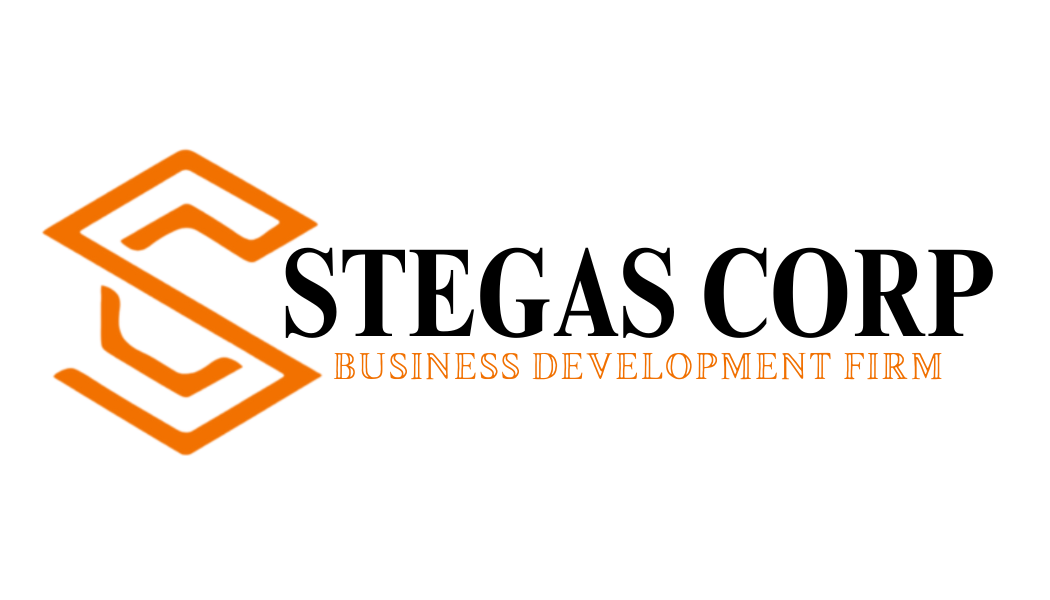The 5 Hidden Costs of Operational Inefficiency

Operational inefficiency isn’t always loud or visible—but it’s expensive. While most business leaders focus on top-line growth, the silent drag of inefficiency can cripple profitability and long-term scalability. Here are five hidden costs often overlooked:
1. Time Drain on Talent
Your top performers waste valuable hours navigating poorly defined processes or compensating for workflow gaps. This demoralizes teams and slows innovation.
2. Decision-Making Bottlenecks
When data is fragmented or reporting is inconsistent, leaders make slower—or worse, incorrect—decisions. Lost opportunities compound silently over time.
3. Customer Churn
Delays in delivery, inconsistent service quality, or reactive support drive customers away. Acquiring new clients is expensive; losing loyal ones due to internal lapses is costlier.
4. Redundant Technology Spend
Unintegrated or underutilized software subscriptions pile up, draining budgets without delivering results. Streamlining tech stacks is often a quick win.
5. Brand Reputation Erosion
Inconsistent execution reflects poorly on your brand. Word travels fast—especially when service breaks down—leading to long-term perception damage.
Bottom Line: Operational efficiency isn’t just a backend function. It’s a front-line profit protector. Fixing these leaks creates agility, improves margins, and builds a sustainable foundation for growth.








